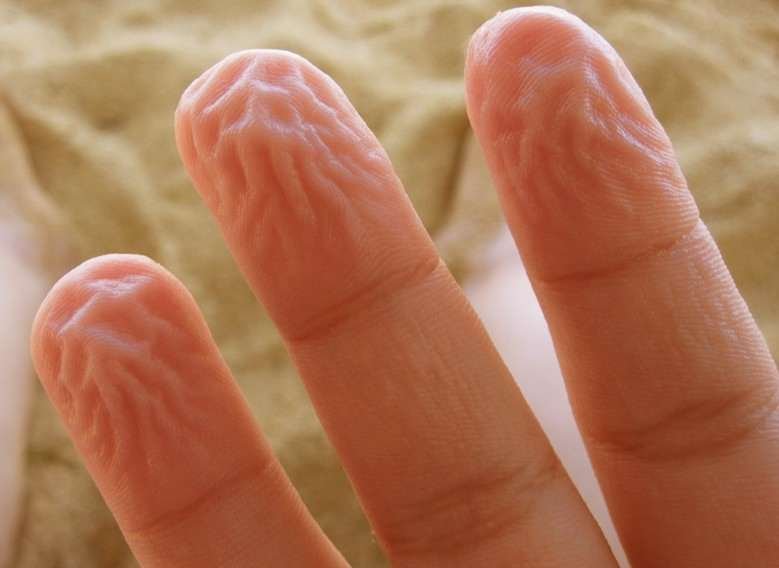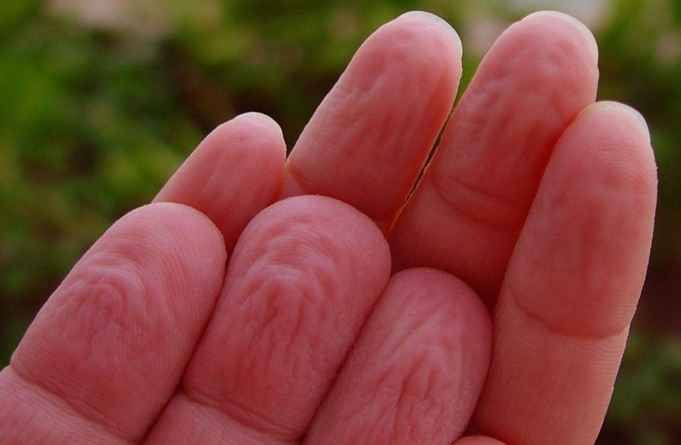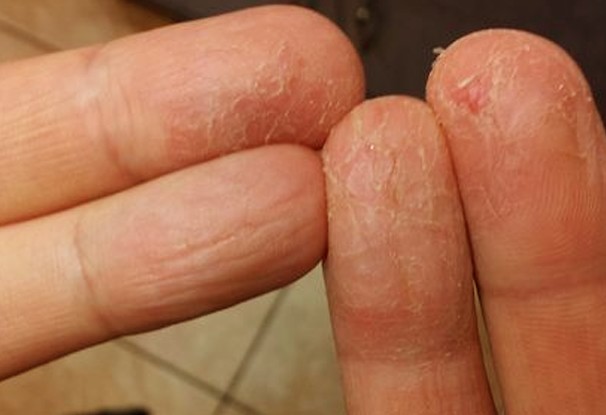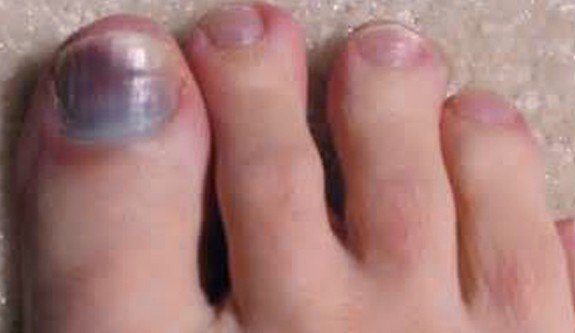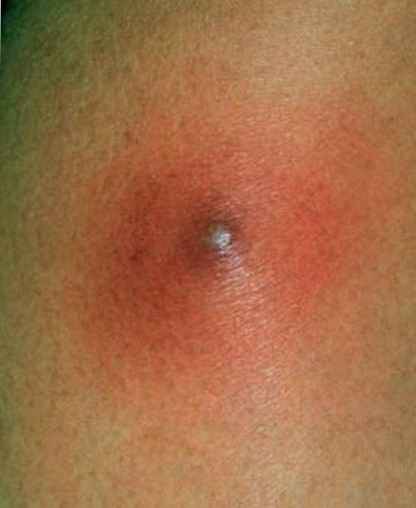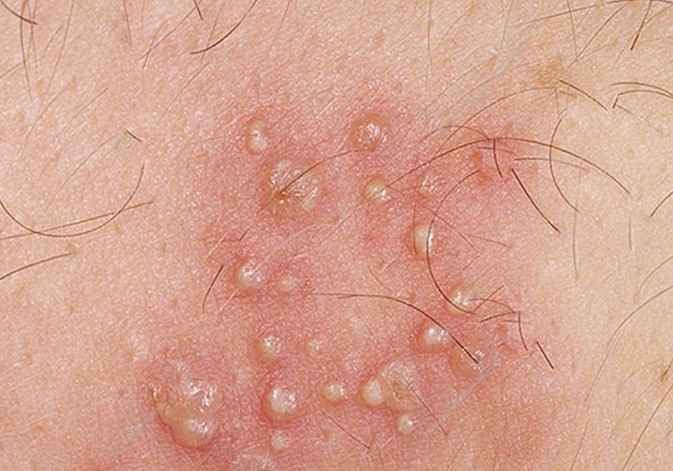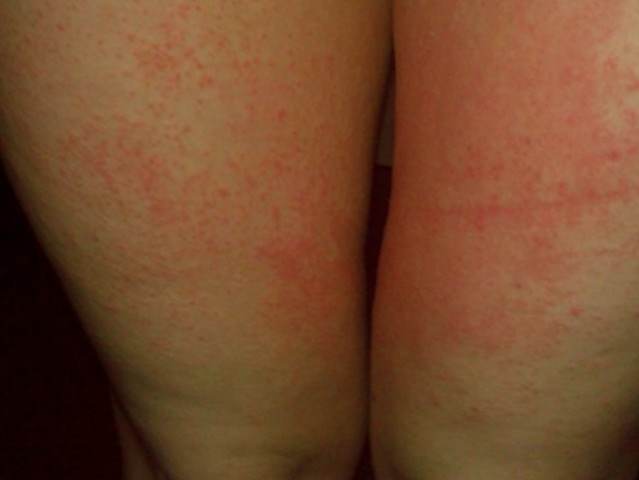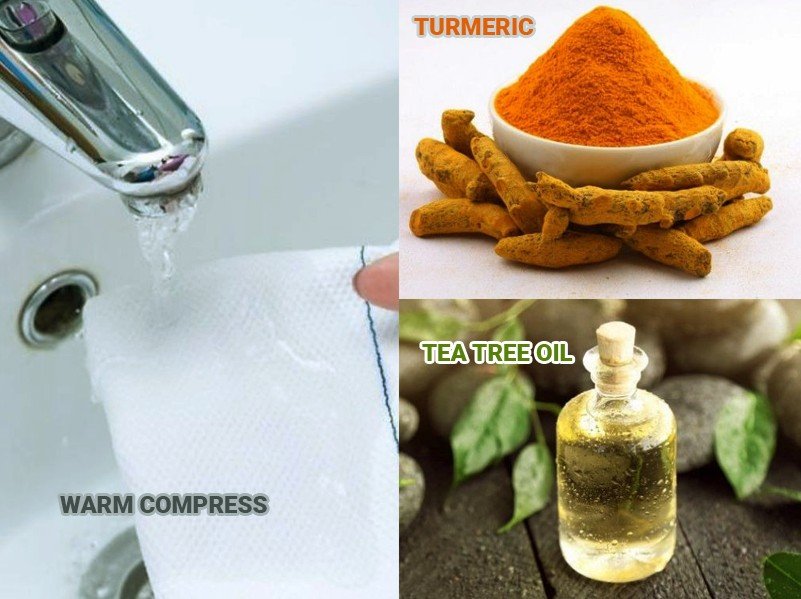Bulbous Nose
Bulbous nose is a condition in which the tip of the nose grows in size and becomes round. It is also a synonym for Rhinophyma. Sometimes, bulbous nose is not caused by any disease, the round shape may be genetic. In this case the tip of the nose has a round appearance, although it does not grow a lot in size. It can be easily treated with rhinoplasty.
The affected nose will keep on growing in size if not timely treated via medicine and surgery. There are numerous misconceptions linked to having a bulbous nose, among which is that drinking alcohol triggers it. There is however no evidence at present to support this.A bulbous nose is more commonly seen in men than in women. Men aged 25-50 are at a greater risk of developing this condition.
Symptoms of Bulbous Nose
Swelling
Swelling is the first and the most obvious symptom in case of a bulbous nose. Nose starts swelling up and continues to increase in size unless a proper course of treatment is undergone to stop it. The tip of the nose is first part that swells up, till other parts of the nose gets affected too.
Visible Sebaceous oil glands
Sufferers experience the appearance and increasing visibility of sebaceous glands on the skin of nose. Sebaceous glands are usually hidden under the skin, but during this condition they become visible as yellow bumps on the skin that secrete oil. Almost all sebaceous glands become visible on swollen nose and disfigure it with their appearance.
Redness
There will be redness around the skin that is swollen up or getting enlarged. Redness is accompanied by inflammation and pain. This leads to an easy recognition of problem even in its early stages. Redness subsides when symptoms of rhinophyma subsides.
Thickening of the skin
After a while, swollen skin starts becoming coarse and thickens, skin becomes rough and changes its colour. It can be characterised as very hard, rough and filled with pores. As the condition worsens, the texture of the skin also worsens.
Waxy and yellowish look
The yellowish look of skin is due to many sebaceous glands that are visible on the surface of the nose. Excessive secretion of oil and wax takes place, thereby leading to the waxy appearance of the nose.
Face-flushing
In addition to the nose the central part of face including half of the cheeks become unexpectedly flushed. The flushing effectively means that the area turns red. However, redness does not last long, can happen without any reason and causes the skin to get warm.
Inflammation
Inflammation and pain are very common and early symptoms of a bulbous nose. Skin gets sensitive and any discomfort caused to the nose leads to severe pain. Inflammation is always present but the intensity varies.
What are the Causes of Bulbous Nose?
As mentioned above there has been a rather prevalent hypothesis that drinking alcohol is the primary reason people get a bulbous nose. Recent studies on this condition have however shown that there is no link between the two. While there is not much information available as to what exactly causes bulbous nose, it is acknowledged to develop as a severe form of Rosacea. That is, the redness of nose is caused by the dilation of capillaries on tip of the nose. This leads to a slow atrophy of upper layers of tip and sides of the nose. Due to dilation of capillaries at the tip of nose, blood flow there increases.
Later, due to this increased blood flow leads to the swelling of the whole area. This is followed by an overgrowth of sebaceous glands. Sebaceous glands are small glands of skin secreting sebum to keep skin lubricated due to which the skin of mammals are waterproof. Overgrowth of the sebaceous glands is followed by fibroplasia, which is the sudden production of fibrous tissues that occurs while a wound is healing. There are probably even more causes of bulbous nose, and scientists are actively engaged in finding these.
There are a few things that can trigger or increase the symptoms of a bulbous nose such as following:
Excessive consumption of caffeine
If you are among people who have a bulbous nose and also love to indulge in hot, brewed coffee every morning, you might want to rethink that. This is because hot beverages like coffee can trigger even more grievous symptoms of a bulbous nose.
Sun
Exposure to the sun is very bad for people suffering from this condition. Excessive heat and harmful ultraviolet rays can worsen redness and inflammation of nose. Since skin in this area is very sensitive, it might even get sunburnt.
Temperature changes
If you live in a very warm climate and suddenly move to a freezing, cold climate, this can trigger symptoms of a bulbous nose. Normal temperature changes do not appear to have any effects, but only the extreme ones.
Spicy foods
Spicy foods are responsible for increasing blood circulation in various parts of the body, including your nose. People suffering from bulbous nose already have a higher blood circulation and any increase in it can easily be damaging.
Alcohol
Alcohol does not cause a bulbous nose, but consuming an excessive amount of alcohol is surely responsible for increasing symptoms of the condition like flushing and redness in the nose.
Exercise
Although exercising is not bad if you have a bulbous nose, consistently doing it at a very high rate and in hot temperatures can cause harm, especially to your sensitive nose. Also, kindly remember that excessive heat of any sort is bad if you have a bulbous nose.
Blood thinners
People suffering from a bulbous nose should avoid blood thinners, as they can cause dilation of blood vessels and hence increase blood flow to the nose.
Other causes of Bulbous nose:
Genetics
In the case of a bulbous nose that happens due to genetics, nothing else but bad genes are responsible for it. People who are born with a round nose come under this category. The tip of the nose is round and remains as such for the most part of their lives if not reconstructed. Apart from a bad physical appearance it does not normally have any harmful effect.
Aging
Aging is another cause of a bulbous nose. With increasing age, skin around the nose becomes loose and weak. This leads to a widening of nasal bridge and tip of the nose, which gives an appearance of a bulbous nose.
Bulbous nose Reduction
A bulbous nose can be reduced either by medicine or by surgery depending on severity of the problem. If this condition gets diagnosed in its early stages it can be effectively treated with medication. But, if the condition is not treated on time surgical intervention is recommended. Surgery done can be rhinoplasty, Cryotherapy, Radiofrequency ablation,Electrosurgery, or Tangential excision.
Can you fix Bulbous nose Naturally?
If the cause of the bulbous nose is detected in its early stages, it can be fixed or subsided naturally. Cost of surgery will be very high and not all people can afford it. Therefore, doing the following things can help you get rid of or at least hides appearance of a bulbous nose.
- Makeup – Makeup is a wonderful, effective and the cheapest way to avoid high surgery costs in addition to that it also disguise the appearance of a genetic bulbous nose. The bulbous nose caused by aging can be easily hidden with the help of makeup. Nose contouring can also be easily done to give a definite shape to the nose.
- Sea buckthorn oil – Sea buckthorn oil is used in the case of a bulbous nose caused by rosacea. This oil has some anti-inflammatory properties that can largely subside inflammation and provide instant relief.
- Evening Primrose oil – This oil is very helpful for reducing a bulbous nose attributed to rosacea. It also promotes secretion of prostaglandins that are helpful in reducing inflammation, and are also responsible for constriction of dilated capillaries.
Treatment
There are either medicinal or surgical treatments available for successful resolution of this condition. First step in treating a bulbous nose is to assess the cause of it. Usually, a doctor is consulted, an examination performed and a biopsy is done to determine the cause beyond doubt.
The following courses of treatment can be performed:
Medicinal
Oral doses of antibiotics are given in the case of rhinophyma. These help in reducing redness and inflammation. Antibiotics including erythromycin, tetracycline, and minocycline can be taken to control this condition. For swelling, some topical medicines like benzoyl peroxide, tretinoin or gels and cream of metronidazole can be used. Oral capsules like isotretinoin are also taken to prevent excessive production of oil.
Non-surgical treatment
in some cases injectable rhinoplasty is done as a correction without surgery. This is done at around half of the surgical cost and is very effective. Another method is dermabrasion, in which a small rolling tool is used to remove the top layer of the skin.
Surgery
Surgical treatment that are usually performed include traditional surgery with scalpels to reshape the nose. A laser resurfacing can also be done with an argon laser to remove the outgrowth of tissues. Cryosurgery is sometimes recommended. This is performed by subjecting the affected area to very cold temperatures and is a painless method of removing abnormal tissue growth from the nose. Electro-surgery is another type of surgery that is done with an electric current of high frequency that destroys the unwanted tissues of the nose and restores it to its original shape.




